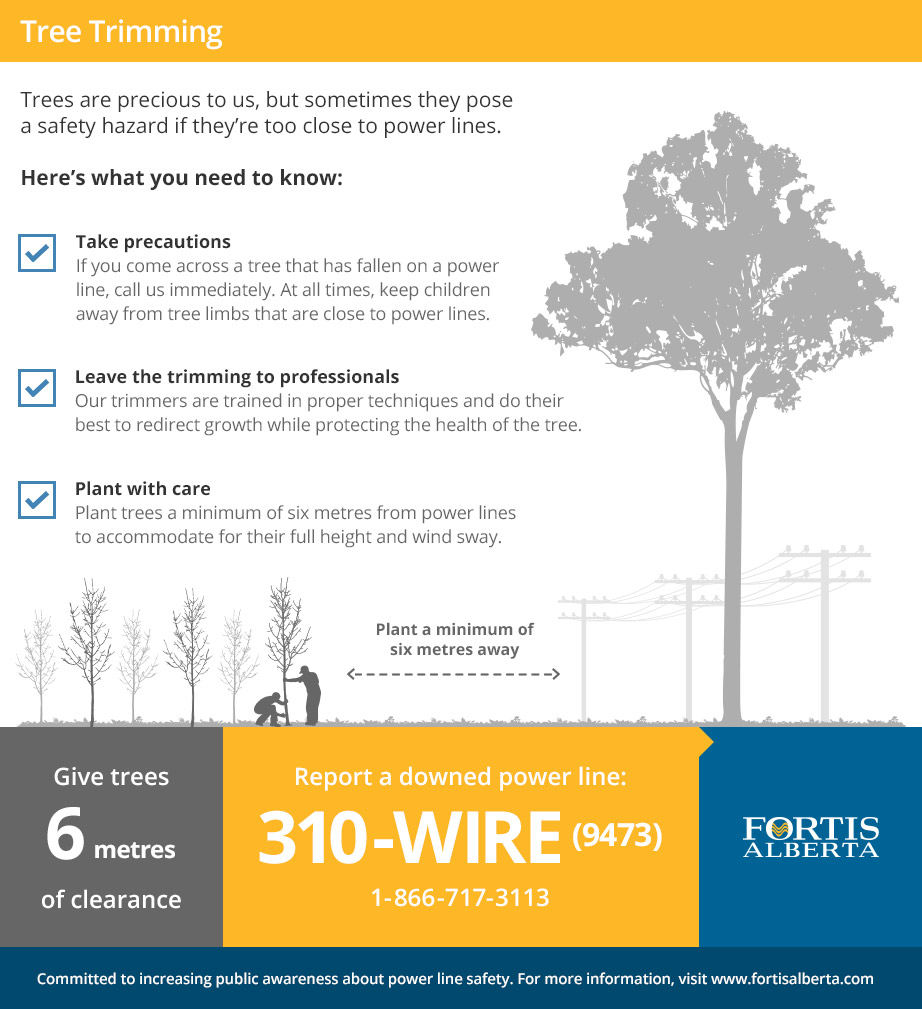Indicators That It Is Required To Get Rid Of A Tree - A Handbook For Property Owners
Indicators That It Is Required To Get Rid Of A Tree - A Handbook For Property Owners
Blog Article
Author-Jacobsen Crowder
Trees include charm and value to property, yet they can additionally present a danger throughout extreme weather events. If a tree has actually quit expanding, is displaying visible fungal growth, or has a leaning trunk, it ought to be eliminated by an expert to stay clear of building damage and injury.
To learn more, participate in a home owner resource fair co-hosted by HPD, the Facility for NYC Neighborhoods, and Brooklyn-based real estate companions this evening in Bedford-Stuyvesant. The occasion will certainly include the Home owner Manual, a new guide to assist house owners browse the responsibilities of owning a home.
1. Dead or Dying Branches
Trees are an important part of your home's landscape, offering color and elegance. They also provide sanctuary for wildlife and create oxygen, but even healthy and balanced trees can experience health issue that might demand their removal. Dead or dying trees aren't simply unattractive, they can be hazardous. Their branches can fall during a tornado, bring about pricey residential property damages and injuries.
When https://docs.google.com/spreadsheets/d/14CZ1EqvrS4bTDXUjNA0r9MKnVcLeL7I41lrUxHzkPmo/edit?gid=1577664993#gid=1577664993 start to pass away, it implies that its structure is starting to break down. If the majority of its branches are dead, it is most likely time to remove it.
Look for an absence of new development, bark peeling, open wounds or cavities, fungi expanding on the trunk or origins and a basic look of decay in the whole canopy. These indicators of infection can indicate a major trouble that will certainly require professional tree solutions to fix.
2. Leaning Trunk
While it's regular for trees to lean once in a while because of phototropism, if a tree has a harmful or severe lean that's not because of natural processes - maybe an indicator that the tree requires to be eliminated. If the tree is leaning toward a high-voltage line, home, lorry, play structure or any other location that could be unsafe to individuals if it drops, then calling an expert tree solution for elimination should be a leading concern.
It's additionally important to watch for any kind of sudden changes in a tree's leaning as it can show damage to the roots or trunk that may cause dropping. This is specifically true throughout thundercloud, because high winds and rain-soaked dirt can cause a lean to transform promptly. Routine monitoring, especially during and after tornados can aid home owners acknowledge prospective problems with their trees so they can call an arborist for an extensive analysis.
3. Bug Infestation
Some pest invasions, such as wood-boring pests like emerald ash borer or sap-suckers like scale bugs, are so serious that they can create a tree to die. The best means to prevent pest invasion is to monitor your trees often. Seek spots, openings, or stainings in the leaves and bark. Examine the trunk for fractures and signs of insect damages, such as passages or tracks.
If a tree comes to be too infested with insects, or is close to a home or power lines, an arborist might advise removal. If https://docs.google.com/spreadsheets/d/1RQMtWgJ8odCez1D_lTFMcW7LEbY1JNnN89fToYz8jTY/edit?usp=drive_link leaning tree develops a new, unpredictable lean, an arborist will likely recommend elimination as well to ensure the safety and security of individuals and property. If a damaged or dead tree constantly drops too much branches, it is a sign that it is time to remove the tree. If a tree continues to lose branches for an extended time period, it can lead to architectural troubles and prospective building damage.
4. Harmed Trunk
Trees are a lovely and fundamental part of our landscape, yet they do need routine care to keep them healthy and balanced and safe. If a tree is damaged irreparable it is likely time for it to find down.
Look for indications of damages to the trunk, consisting of vertical fractures, seams, dead branch stubs, noticeable injuries or open dental caries and severe tree-rot. The presence of fungi at the base of the trunk is an additional cautioning sign. Fungis might indicate that the phloem and xylem (life-support cells) are jeopardized, permitting the spread of disease or a future failure.
Also, consider whether the tree has stopped growing. https://www.bobvila.com/slideshow/10-inspiring-ideas-for-your-side-yard-52055 will have brand-new growth annually, which may show up as buds or branches sprouting and expanding. If you do not see any brand-new growth, it's a great concept to have an arborist evaluate the tree and follow their referral for removal. A dying or harmed tree can fall and trigger residential property damages.